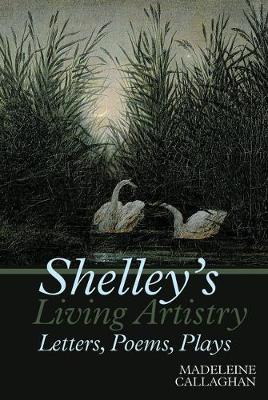Liverpool English Texts and Studies
2 primary works
Book 69
Book 93
Eternity in British Romantic Poetry explores the representation of the relationship between eternity and the mortal world in the poetry of the period. It offers an original approach to Romanticism that demonstrates, against the grain, the dominant intellectual preoccupation of the era: the relationship between the mortal and the eternal. The project's scope is two-fold: firstly, it analyses the prevalence and range of images of eternity (from apocalypse and afterlife to transcendence) in Romantic poetry; secondly, it opens up a new and more nuanced focus on how Romantic poets imagined and interacted with the idea of eternity. Every poet featured in the book seeks and finds their uniqueness in their apprehension of eternity. From Blake’s assertion of the Eternal Now to Keats’s defiance of eternity, Wordsworth’s ‘two consciousnesses’ versus Coleridge’s capacious poetry, Byron’s swithering between versions of eternity compared to Shelleyan yearning, and Hemans’s superlative account of everlasting female suffering, each poet finds new versions of eternity to explore or reject. This monograph sets out a paradigm-shifting approach to the aesthetic and philosophical power of eternity in Romantic poetry.

